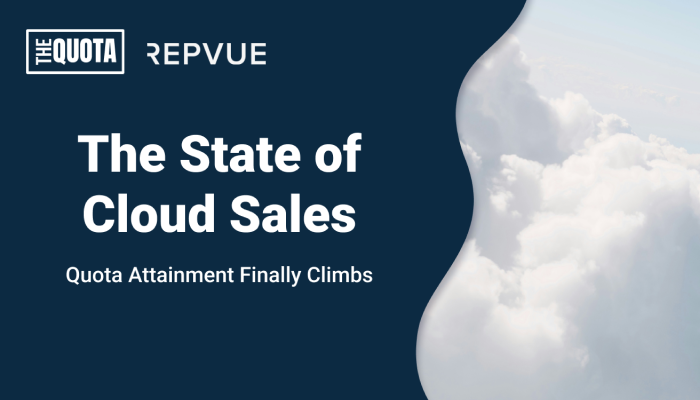
Photo by jeff91764 licensed as CC BY-NC-ND 2.0
Every spring, the best sellers board flights for a few days of celebration (and often debauchery) on a beach or somewhere warm. It’s called Presidents Club, and for decades it’s been the highest form of recognition a salesperson can earn. The locations change, the logos change, but the meaning stays the same: Club is how companies say thank you in a language salespeople actually understand.
When Selling Became a Sport
The tradition started in the 1950s, when companies like IBM, Xerox, and AT&T began formalizing large national sales forces. Managers needed a way to motivate hundreds of traveling reps without permanently increasing pay. Recognition programs were cheaper than raises and more effective than memos.
IBM’s “Golden Circle” became one of the earliest examples. A reward trip to Bermuda for top performers, complete with engraved watches and photo ops with executives. Xerox followed with its own “President’s Club,” issuing custom blazers with crests embroidered on the pocket. The message was clear: the quota wasn’t a target, it was a ranking system. Hitting it meant you were elite.
These early clubs created the mythology that still defines sales culture: performance equals identity, and recognition is the purest currency.
Selling the Dream to the Sellers
By the 1980s and ’90s, the Club trip had evolved from an incentive into spectacle. Companies produced glossy videos of winners sipping champagne on yachts, narrating their success stories like brand ambassadors. Corporate sales meetings opened with highlight reels of the previous year’s destination — Hawaii, Monte Carlo, the Caribbean — to make the next year’s targets feel tangible.
Hitting Club became a personality trait. Sales floors were decorated with framed photos of winners; reps who missed quota by a hair got sympathy but no status. The system created both loyalty and quiet resentment, which is exactly what it was designed to do.
The culture reached its caricature in pop culture moments like Glengarry Glen Ross (1992), where Alec Baldwin’s character yells, “First prize is a Cadillac Eldorado. Second prize is a set of steak knives.” The line captured how fierce the competition between sellers at companies of all types had become.
Recognition as Currency
The psychology behind quota clubs is straightforward and effective. They rely on intermittent reinforcement — the same principle that keeps people checking slot machines. When recognition comes rarely and publicly, it becomes disproportionately powerful.
Behavioral research shows that variable rewards trigger stronger dopamine responses than predictable ones. In sales, that translates into constant striving: the next deal, the next quarter, the next trip. Companies amplify it by turning recognition into ceremony — stages, trophies, spotlights, and exotic trips.
For many reps, President’s Club is more than a prize; it’s proof of worth. Missing it by a fraction can feel like public failure. That dynamic is why the system survives every management fad and market cycle.
From Blazers to Instagram
The modern version of Club looks different, but not by much. SaaS companies, fintech firms, and startups now host annual “Clubs” in destinations that feel equal parts vacation and branding exercise. Instead of Polaroids and blazers, there are drone shots, LinkedIn posts, and branded hashtags.
Many winning reps document every moment — champagne toasts, matching resort outfits, beach games with senior leadership — turning what used to be a private reward into public content. On LinkedIn, the caption usually reads “Grateful to be part of this incredible team.” The subtext: I’m still winning.
Some companies have even added “virtual Clubs” for remote employees, sending swag boxes and staging Zoom celebrations. It’s cheaper and easier to scale, though most reps still say it feels hollow compared to a trip.
The Backlash
On sales forums and Reddit threads, you’ll find plenty of skepticism. Reps complain that Club has become a political game — that territory assignments, inherited accounts, or renewal-heavy portfolios decide the winners before the year begins. Others argue it’s just corporate optics, a chance for leadership to post pictures of happy employees while quietly tightening headcount elsewhere.
The resentment is real. Missing Club by a few thousand dollars can feel devastating when your peers are boarding flights to the Bahamas. The ritual may be outdated, but the hierarchy it reinforces is as sharp as ever.
Yet for all the cynicism, nobody wants to cancel it. Even critics admit that Club gives shape to a job defined by rejection and volatility. It’s a finish line that can still make chaos feel like a game.





.png)

